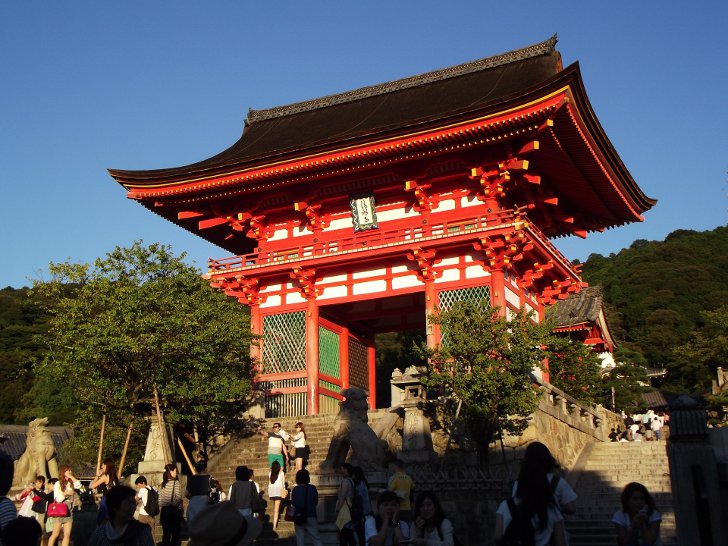“Matsuri” is the Japanese world for a festival or holiday. Most such festivals are sponsored by local Shinto shrines or Buddhist temples although there are secular festivals as well. Some of the biggest and most famous matsuri are held in Akita, Fukuoka, Himeji, Kawasaki, Kishiwada, Komaki, Kyoto, Miki, Nagoya, Nara, Okayama, Osaka, Tokyo, and Toyama.
The Gion Festival in Kyoto originated in the 9th century as a purification ritual. At the time, the people of Japan were suffering from a disease believed to have been caused by a rampaging deity. Emperor Seiwa ordered that people pray at Gion Shrine (now known as Yasaka Shrine) to appease the gods. The ritual involved lavishly decorated halberds, one for each Japanese province, and mikoshi (portable shrines).
In the subsequent years, the ritual took place whenever an outbreak of an epidemic occurred. During the Ashikaga shogunate, all religious rituals were halted and the procession designed to appease the gods transformed into the colorful festival we know. The Gion Festival lasts for an entire month, opening on July 1 and closing on July 31. Its main highlight is a series of vibrant parades featuring mikoshi portable shrines, lanterns, and beautiful floats.
There are two types of floats participating in the parade, the large Hoko floats and the small Yama floats. They are collectively called Yamaboko or Yamahoko. The Yamaboko floats are decorated with tapestries. In 2009, the Gion Festival float ceremony was included in UNESCO’s Representative List of the Intangible Cultural Heritage of Humanity.
The Hoko floats are especially impressive. Up to 25 tall and weighing about 12 tons, they are pulled by a team of 30–40 people. Compared to them, the Yama floats are relatively modest: only 6 meters tall and around 1,500 kg. During the three days preceding the procession, the participating floats are displayed on the streets of Kyoto.
During the main events of the festival, downtown Kyoto is closed to traffic and filled with food stalls offering Japanese street food (yakitori, takoyaki, taiyaki, okonomiyaki, traditional sweets) and people dressed in traditional clothes. The Gion Matsuri is a bright and vibrant festival that attracts tourists from all over Japan and abroad, giving them a chance to observe a unique and beautiful tradition. There may be a lot of float processions around the world, but the Kyoto Gion Festival procession is one of a kind.





